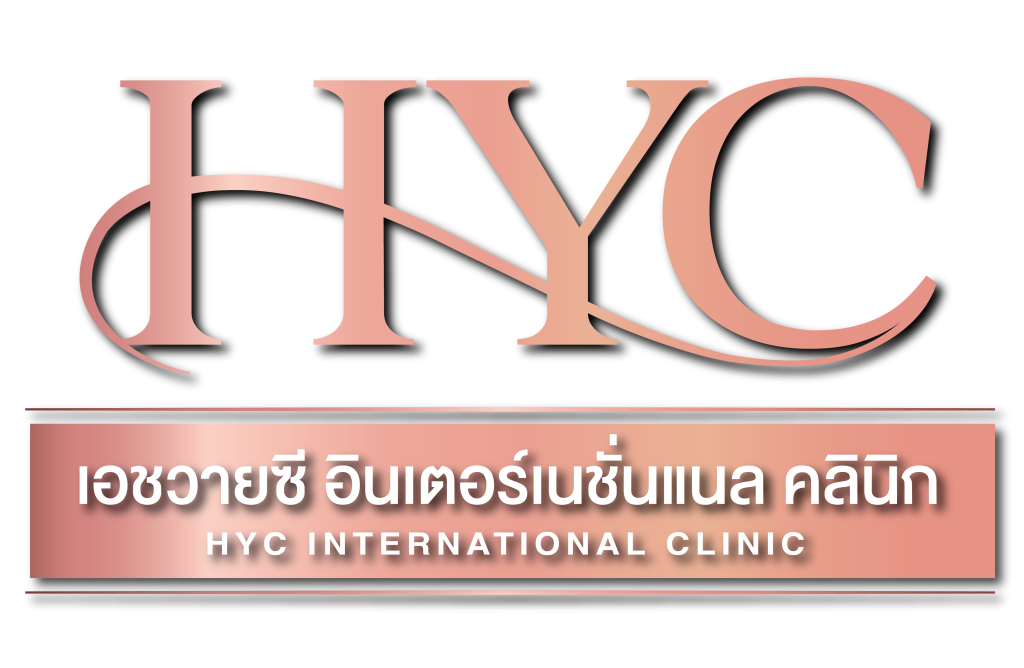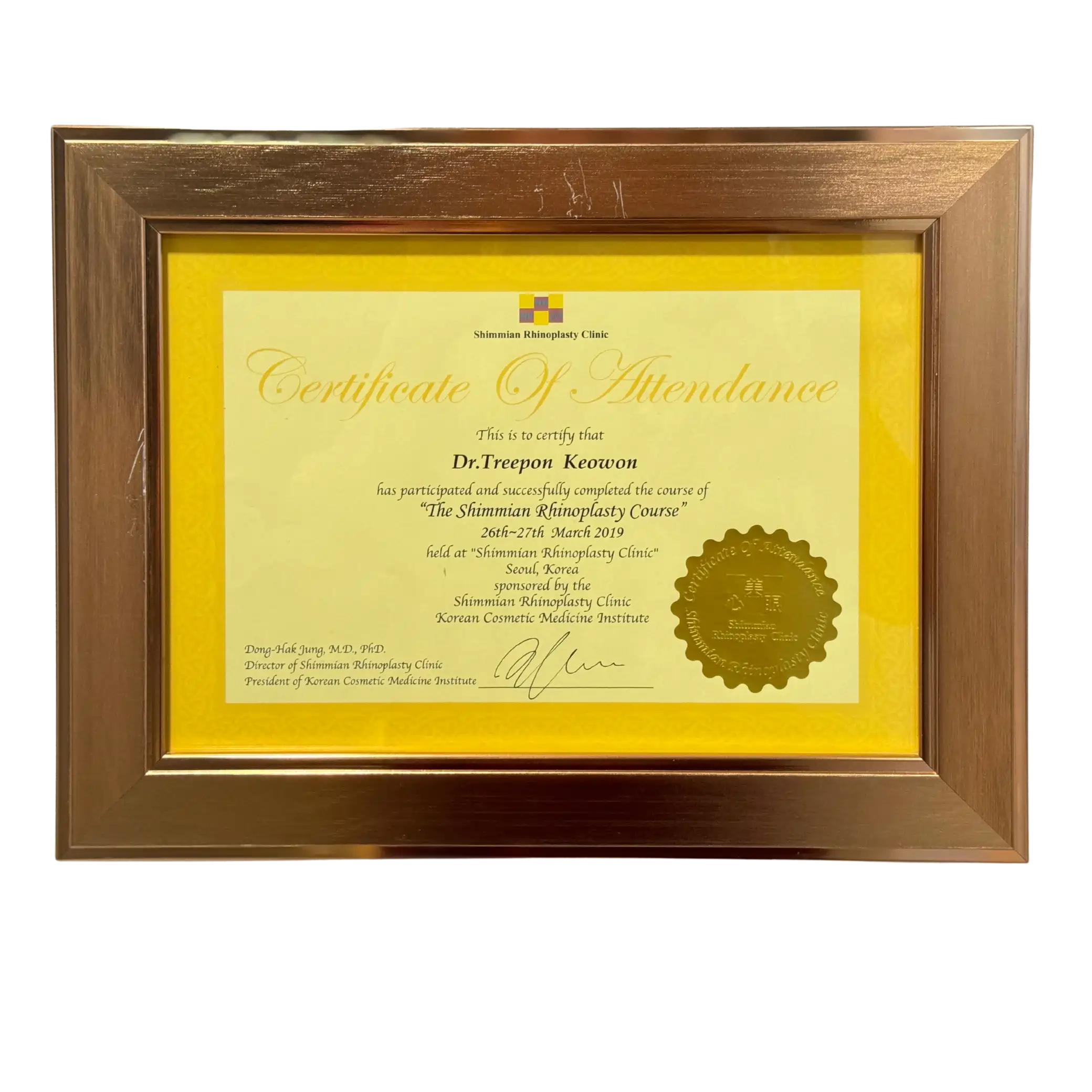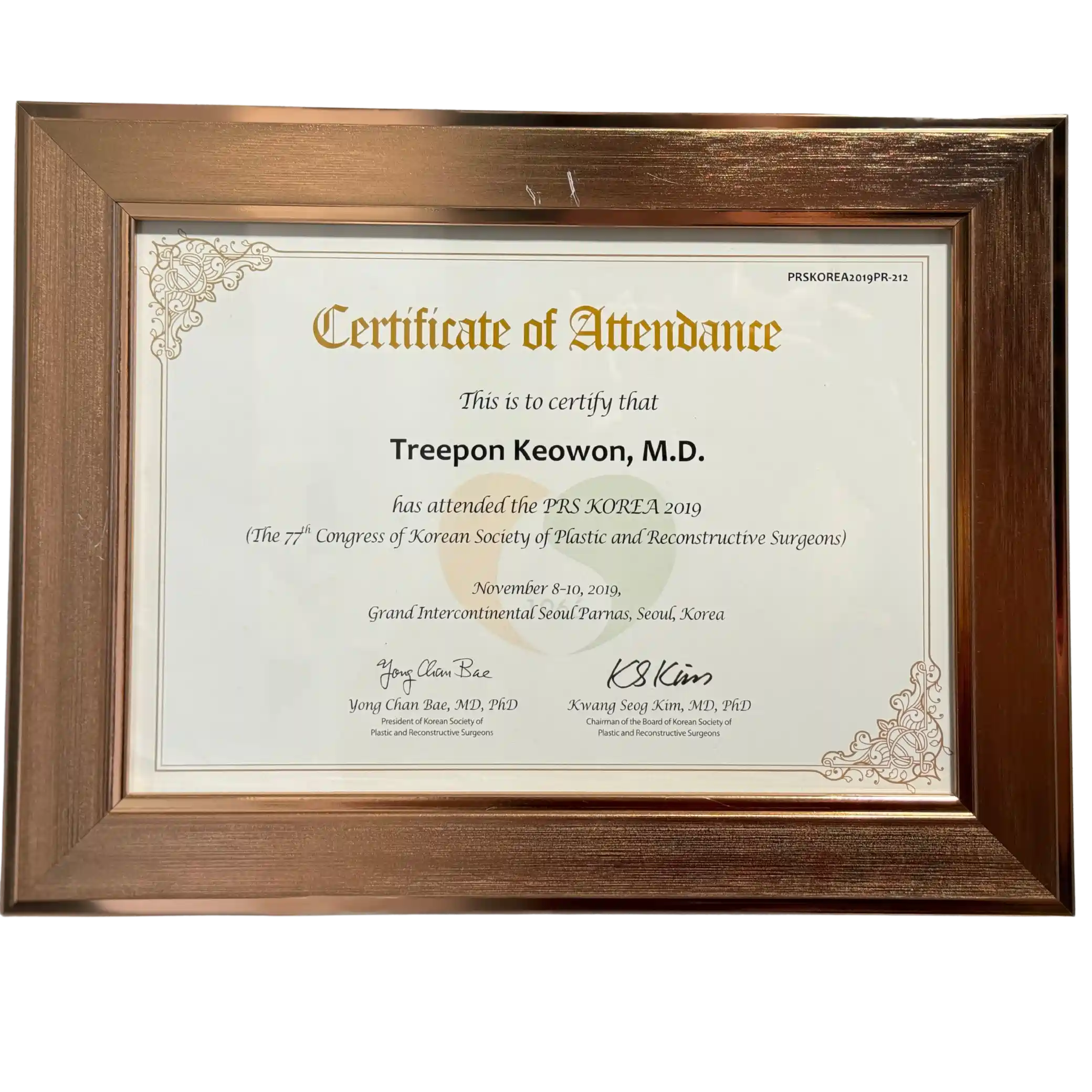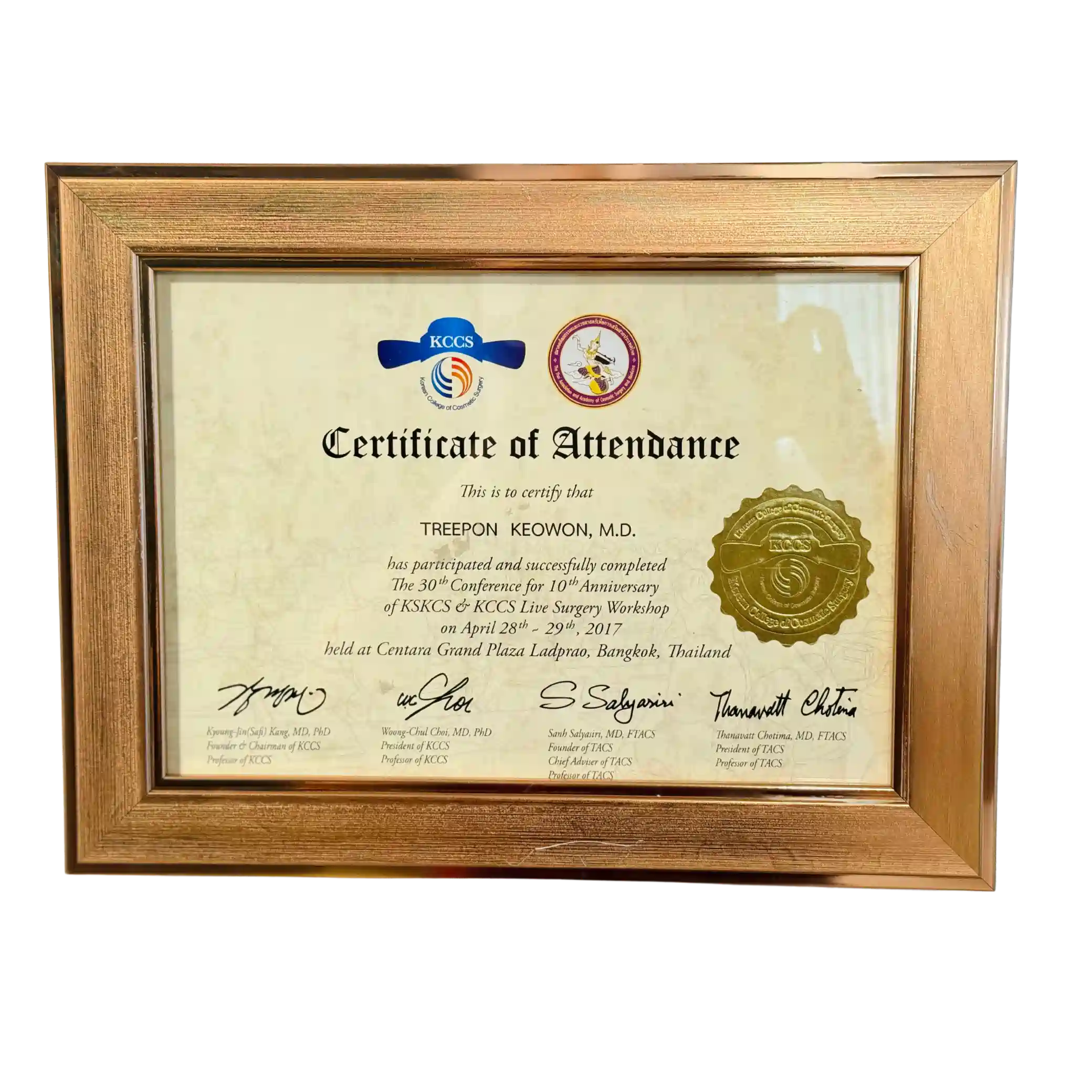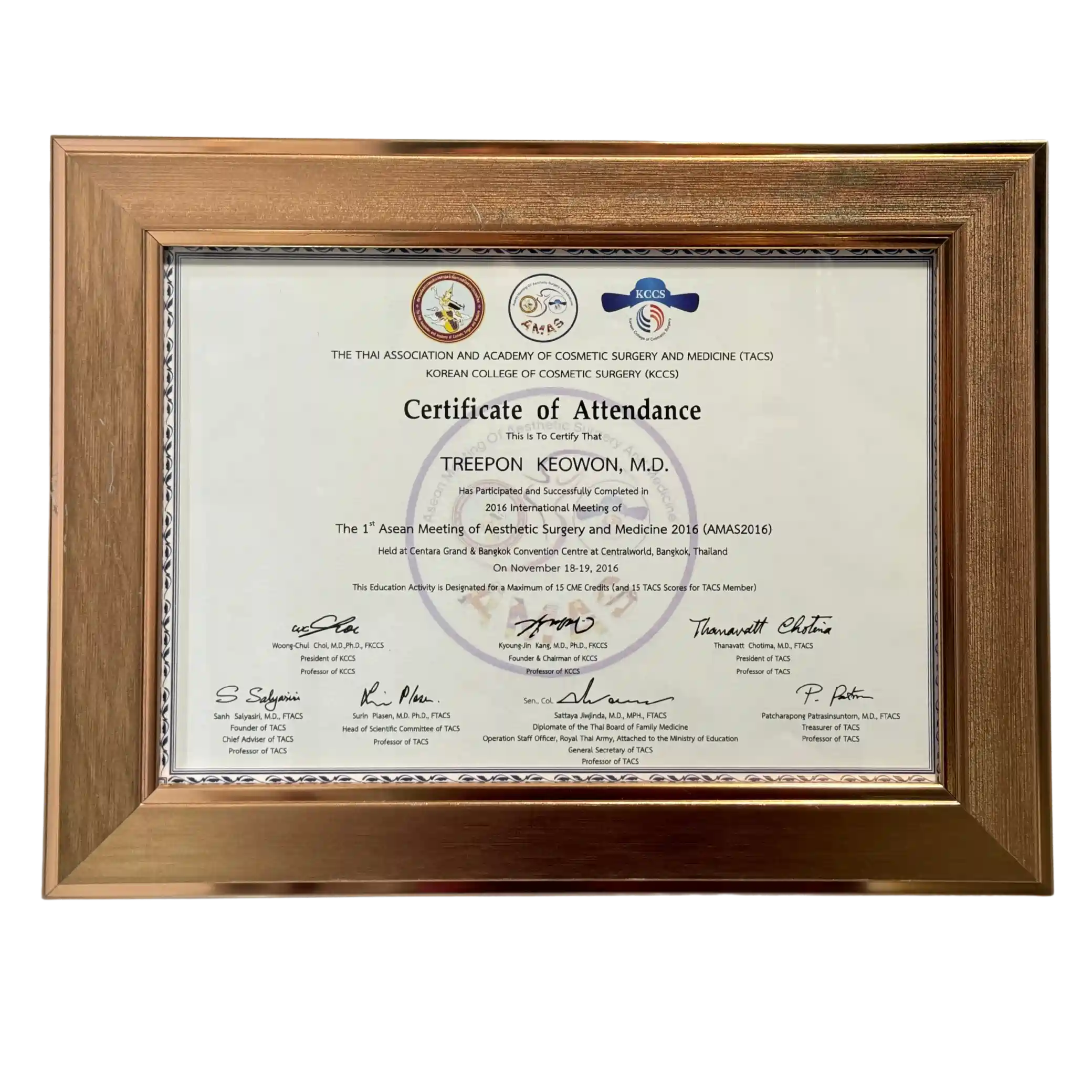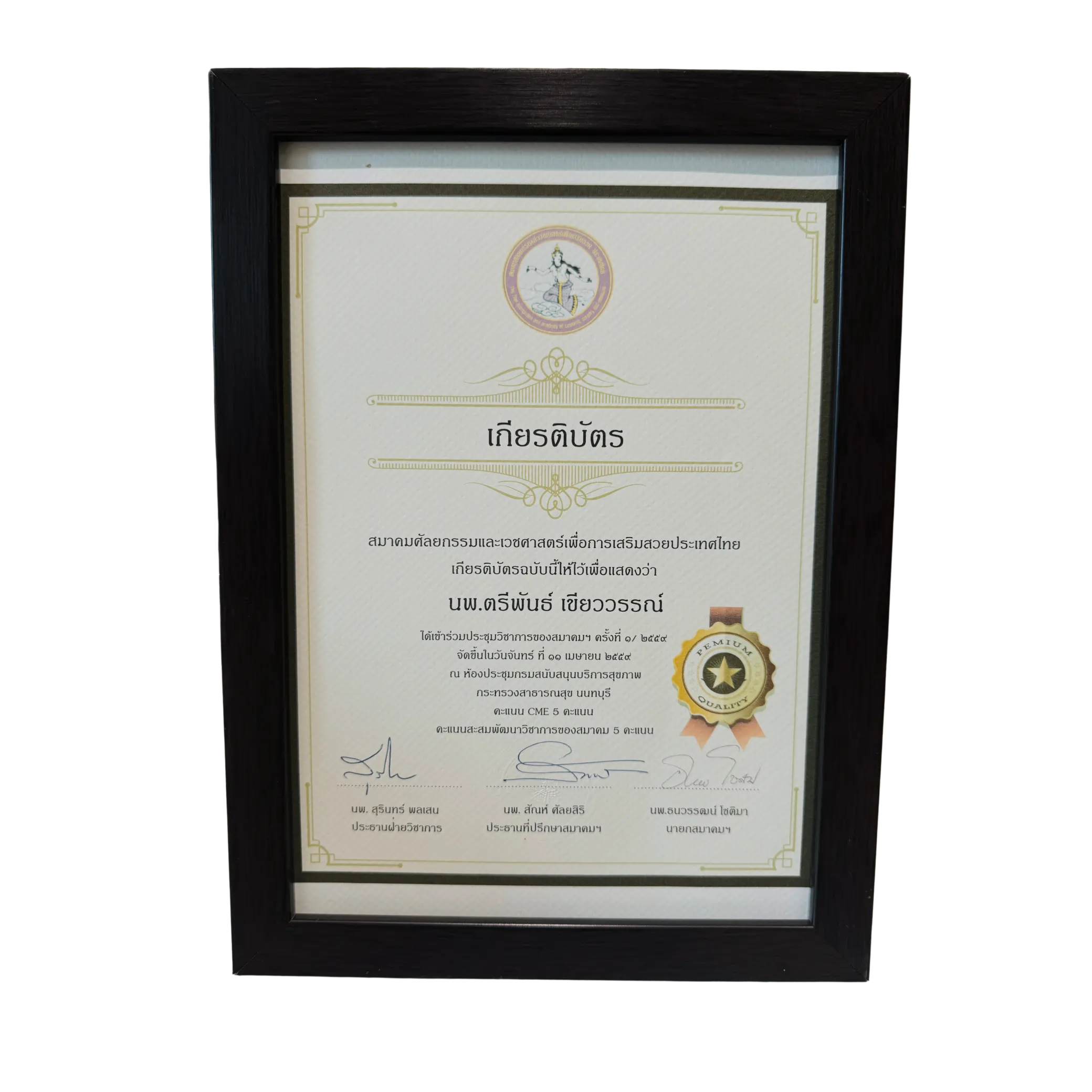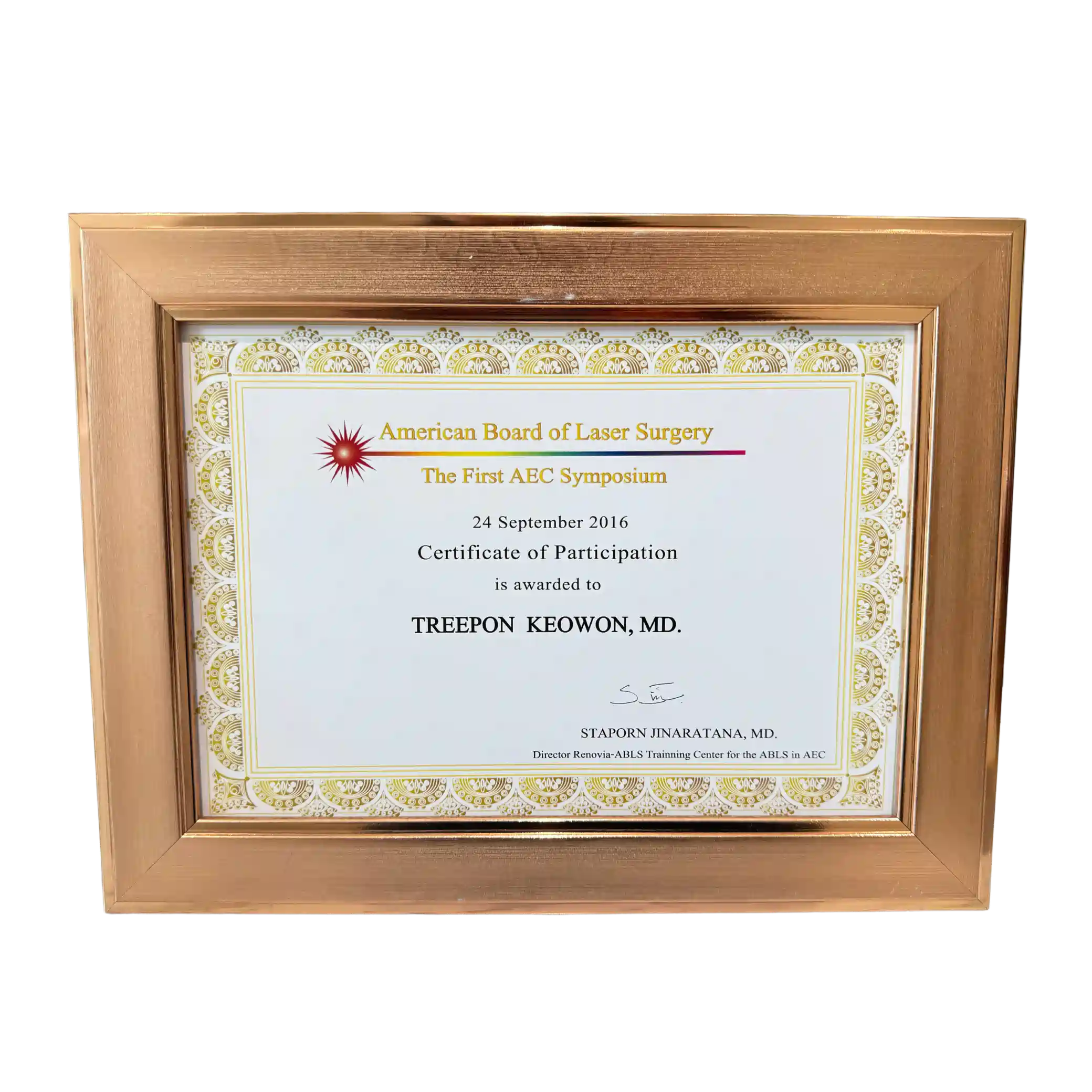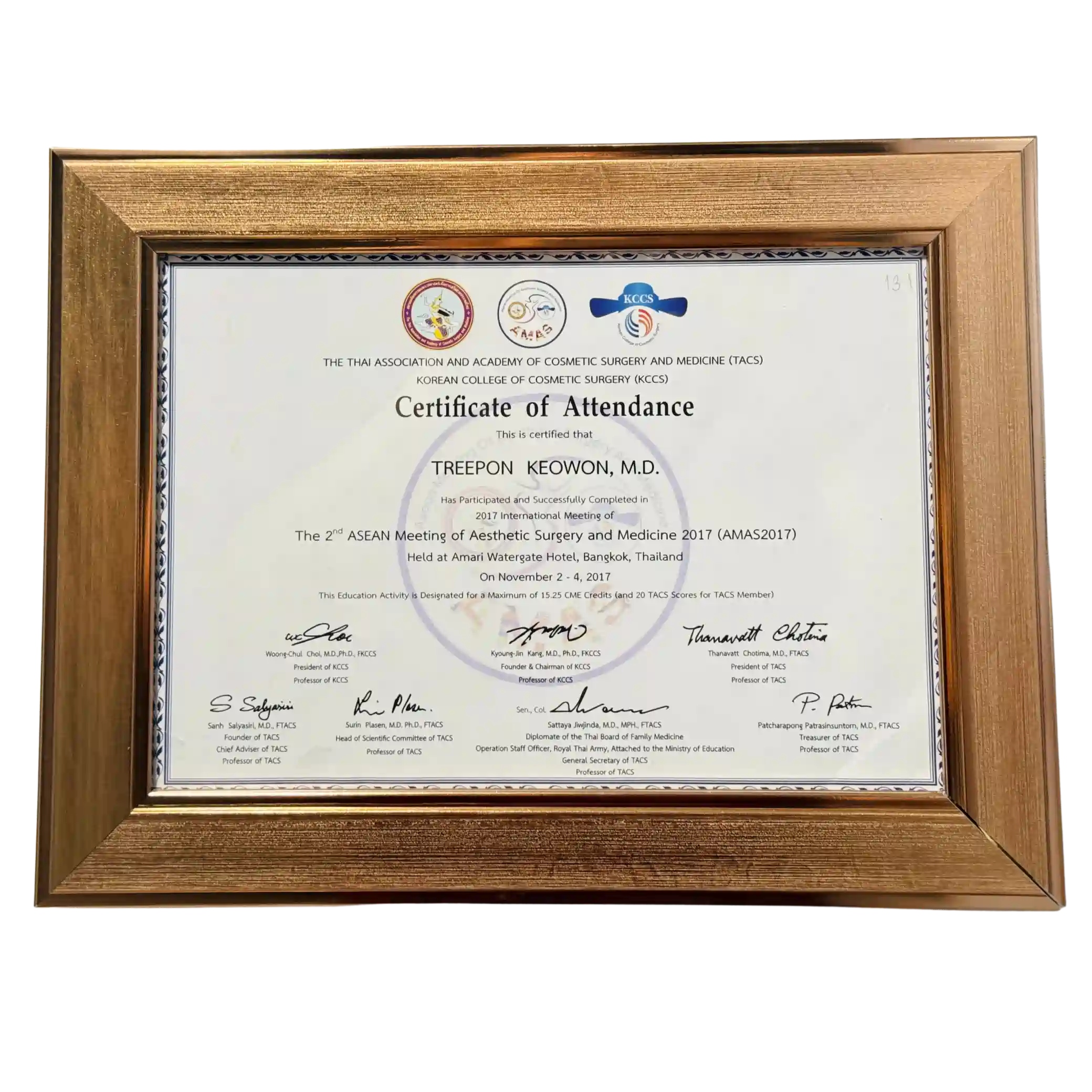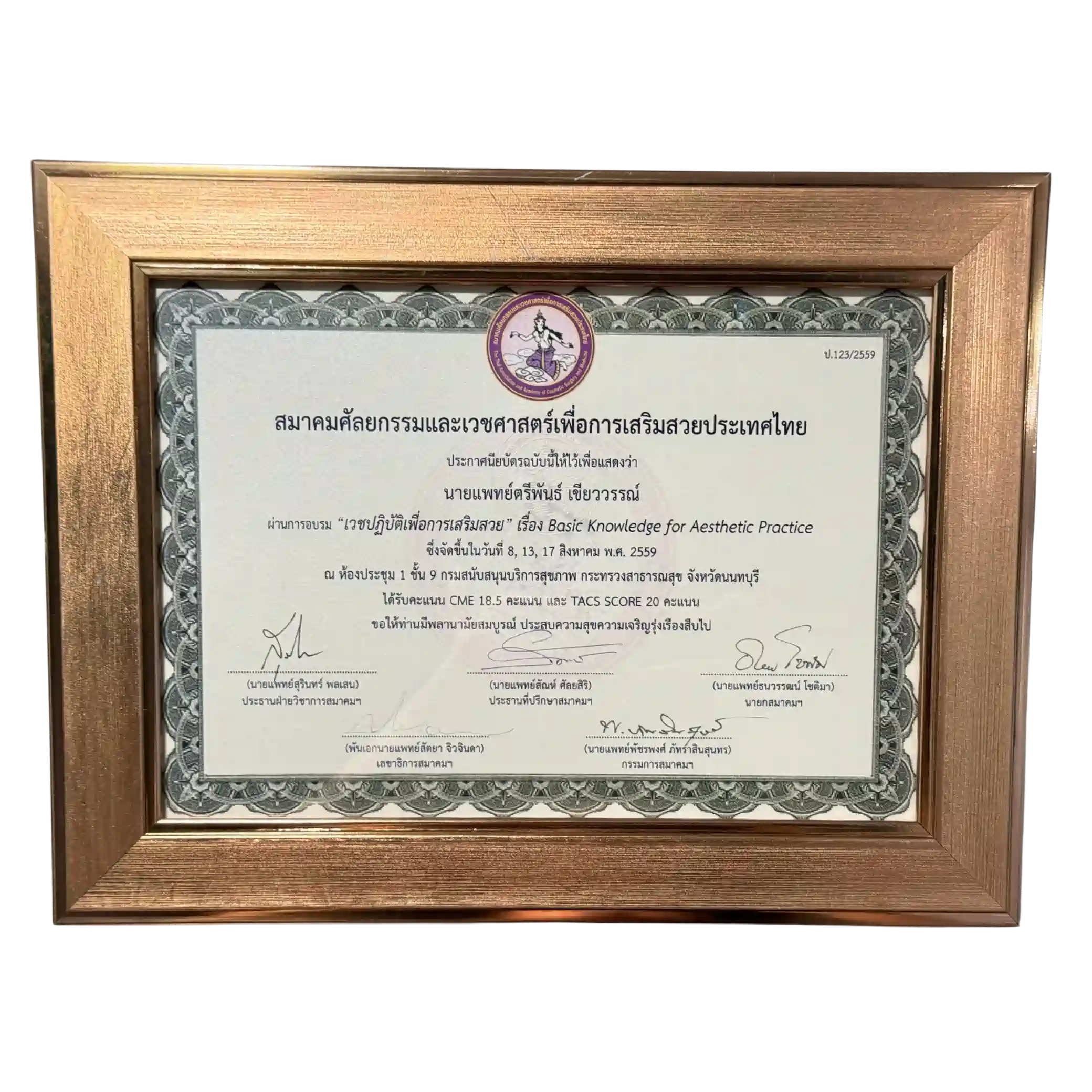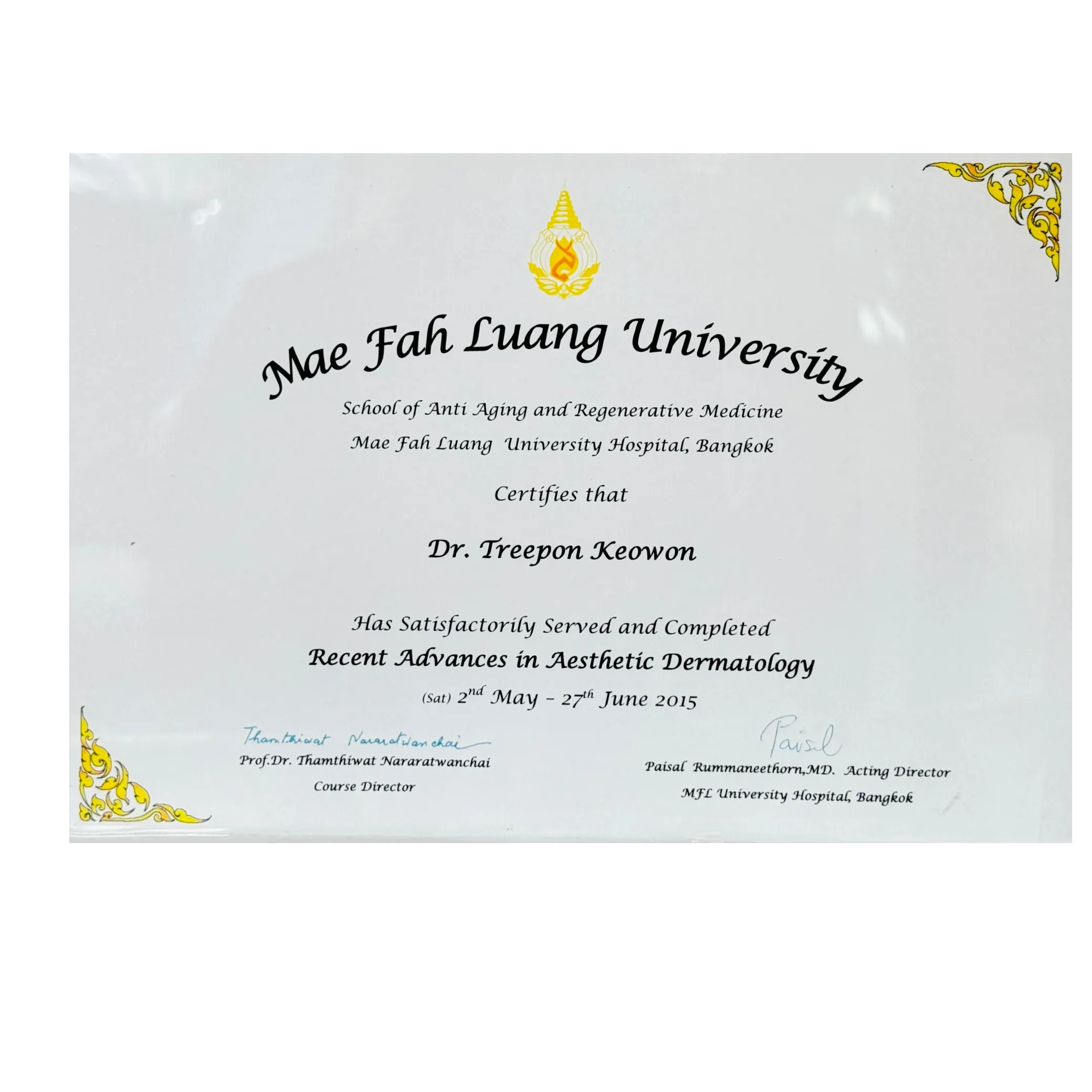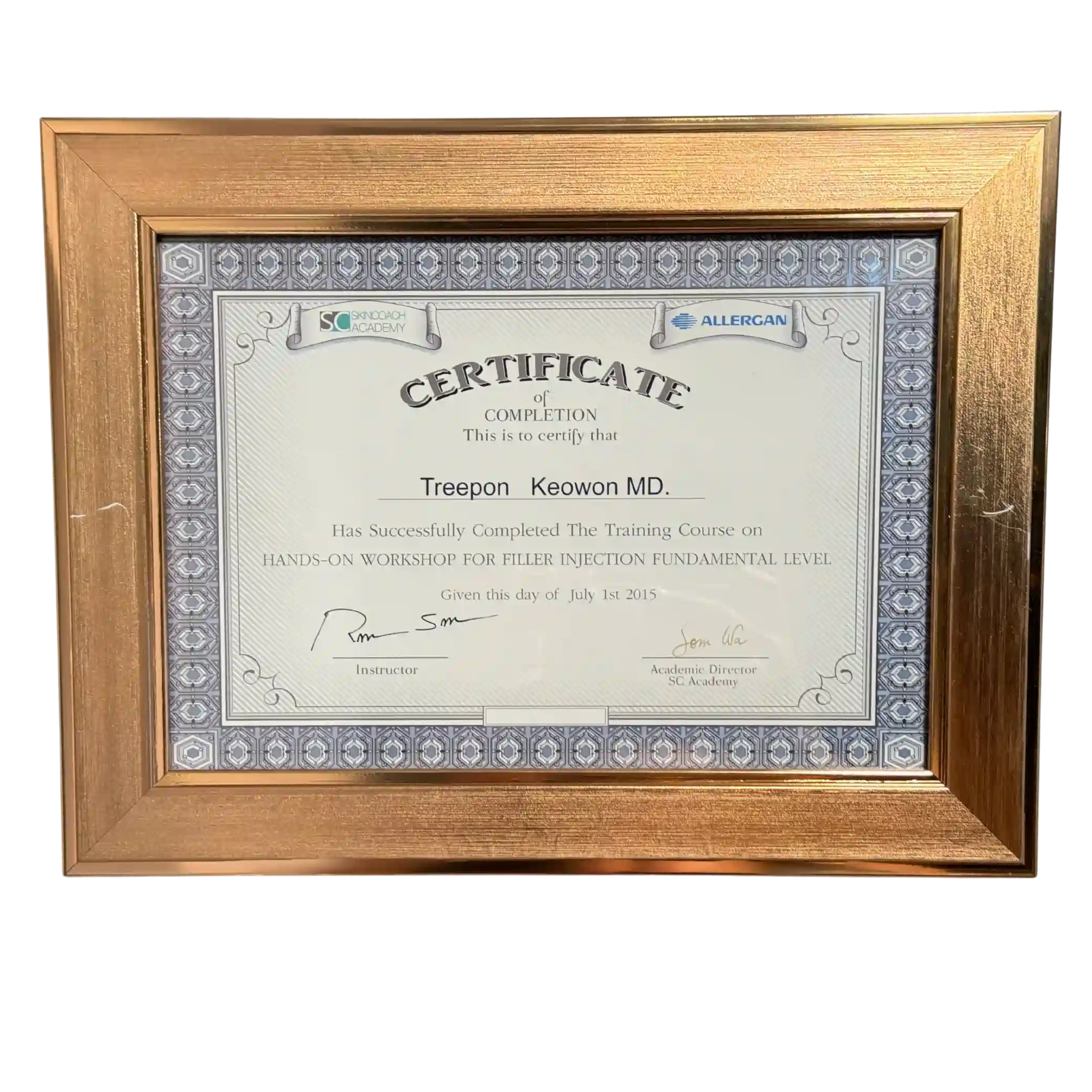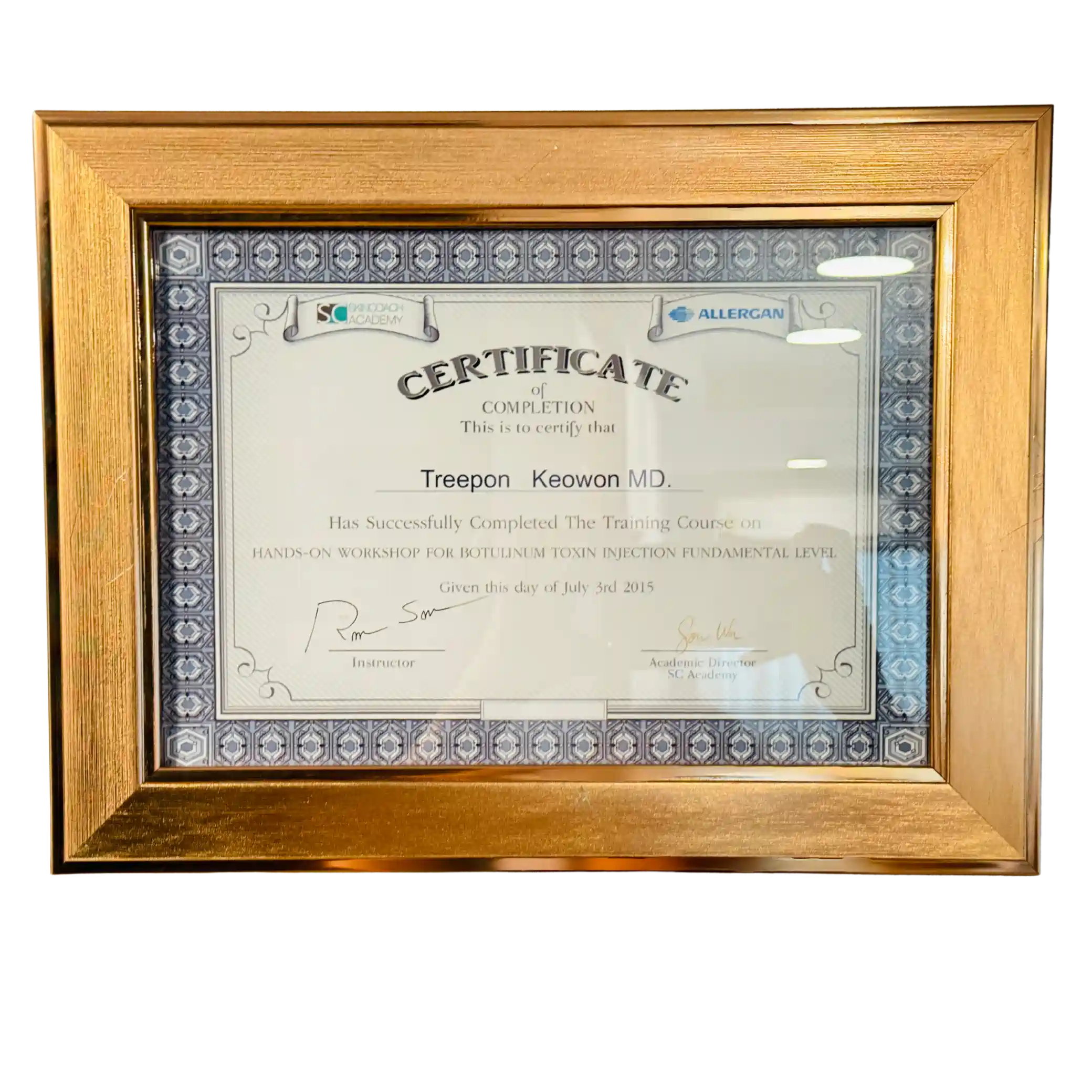Thin Tip Issue




แก้จมูก
The thin tip issue commonly occurs when the silicone implant used in nose augmentation does not match the individual’s nasal structure. This often leads to tightness at the tip of the nose after the procedure, causing the tissue in that area to become thinner over time and potentially resulting in inflammation.
Causes of Thin Nose Tip
A thin nose tip refers to a condition where the tissue at the nasal tip becomes thinner. This issue is commonly found in individuals who have undergone silicone nose augmentation and may result from several factors, including:
- Oversized or overly long silicone implants: Implants that are too large or long can create tension on the nasal tip, causing the surrounding tissue to thin over time.
- Inappropriate augmentation techniques: Certain rhinoplasty techniques may cause trauma to the nasal tip tissue, leading to thinning.
- Naturally thin nasal tissue: Patients with naturally thin nasal skin and tissue are more likely to experience thinning after augmentation compared to those with thicker nasal tissue.
- Infection: Postoperative infections can damage the tissue at the nasal tip, resulting in tissue thinning.
- Underlying medical conditions: Certain health conditions, such as allergies or autoimmune diseases like Systemic Lupus Erythematosus (SLE), may also contribute to thinning of the nasal tip tissue.
Warning Signs of a Thin Nose Tip
- Nasal tip appears thin to the point where the silicone
implant is visible - Redness at the nasal tip
- Numbness at the nasal tip
- Tingling or sharp sensation at the nasal tip
- Implant extrusion or nasal tip perforation
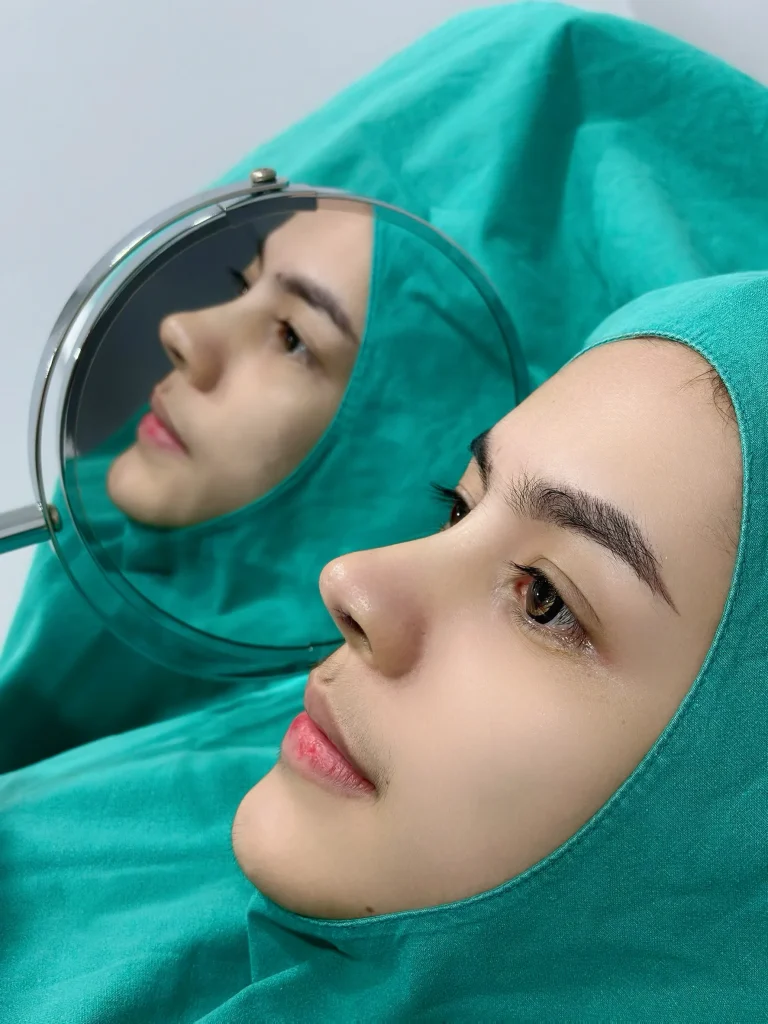
การันตีรางวัลที่ได้รับมาตรฐานพร้อมความปลอดภัย ที่เราตั้งใจ
การันตีรางวัลที่ได้รับมาตรฐาน
พร้อมความปลอดภัย ที่เราตั้งใจ
โปรโมชั่นแนะนำ

Revision rhinoplasty with a custom-designed nose shape just for you. The best value promotion of the year!
Beautifully Designed Nose with Special Tip Support Technique – Plus Bonus Gifts! It’s time to upgrade your look with our special nose augmentation promotion.

Enhance Your Look with a Custom Nose Design – Exclusive Offer of the Year
Beautifully Designed Nose with Special Tip Support Technique – Plus Bonus Gifts!
It’s time to upgrade your look with our special nose augmentation promotion.
สาขา

HYC International Clinic
Bangkok Branch
- Address : 165/20 Nirvana@Work Project, Ramintra Road, Anusawari Subdistrict, Bang Khen District, Bangkok 10220
- Phone : 064-662-3636
- Landmark : We are located just 1 kilometer past Central Ramintra. Look for the Nirvana@Work project sign.
How to Get Here
- By Car : Free parking is available in front of the clinic with over 200 parking spaces.
- By BTS (Pink Line) : Take the Pink Line and get off at Ramintra 3 Station. Exit through Gate 2, then take a motorcycle taxi (approx. 900 meters) directly to the clinic.

HYC International Clinic
Nakhon Si Thammarat Branch
- Address : 22/51 Sin Udom Shopping Mall, Phatthanakhu Khwang Road, Nai Mueang Subdistrict, Mueang District, Nakhon Si Thammarat 80000
- Phone : 095-282-5266
- Landmark : Located inside Sin Udom Shopping Mall, next to the Giffarine office, and in front of the Thai Sombun Super entrance.
How to Get Here
- By Car : Free parking is available at the clinic with space for over 200 vehicles.

HYC International Clinic
Hat Yai Branch
- Address : 44/1 Samchai Road, Hat Yai Subdistrict, Hat Yai District, Songkhla 90110
- Phone : 095-282-5266
- Landmark : Located behind Thai Life Insurance, directly across from Tid Mun Buffet (Moo Kratha), and near Sushi Champion Hat Yai.
How to Get Here
- By Car : Parking available for up to 20 vehicles in front of the clinic.
